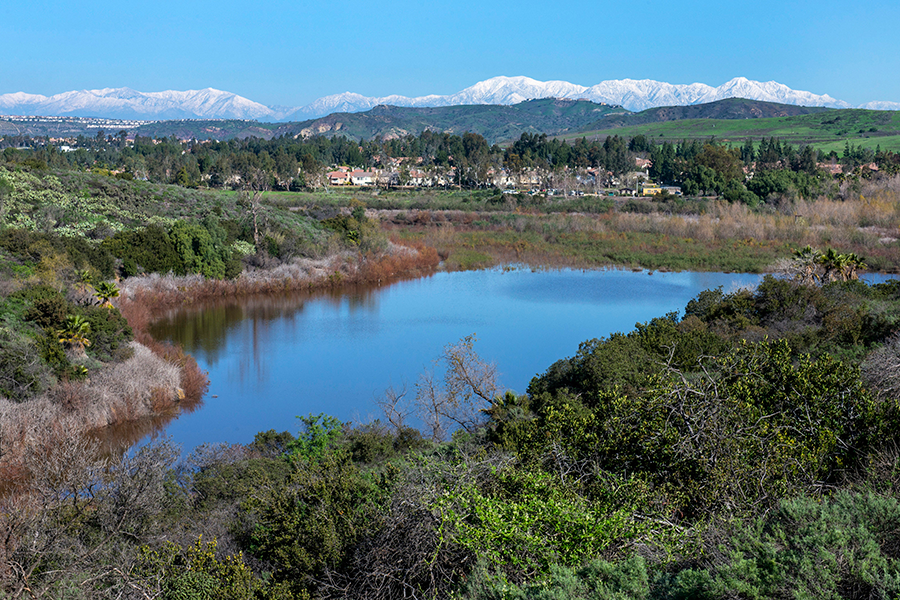Amid wettest winter in five years, California mulls lifting state of emergency
Loading...
For the first time since 2013, not a single area of California is in extreme drought.
California’s wet winter has drastically reduced the state’s drought levels, according to the US Drought Monitor, a joint project between the University of Nebraska, Lincoln, the US Department of Agriculture, and the National Oceanic and Atmospheric Administration that monitors drought levels across the country each week.
One year ago, 100 percent of the state was experiencing a drought, with 40 percent in level D4 conditions, the US Drought Monitor’s strongest classification. But today, nearly 39 percent of the state is drought-free and zero percent of the state qualifies as D4.
“We’re finally seeing enough precipitation falling to make a significant dent,” Richard Tinker, a meteorologist with the National Weather Service, told The Mercury News. “These are tangible improvements. There’s a difference between above-normal and ridiculous, which is what you’ve seen recently.”
Climate experts say California has an especially wet winter to thank for the improved conditions.
The California Department of Water Resources reports that a monitoring station in the Northern Sierra region received almost 24 inches of rain this past month, compared to the typical January average of nine inches, and a San Joaquin monitoring station registered 25 inches of rain this month, compared to a January average close to eight inches.
Now officials are urging Gov. Jerry Brown to end the state of emergency. Prolonging an emergency when it is not necessary, they argue, makes Californians become jaded. Local residents might not believe officials the next time there is a more serious water emergency.
“If you go out and ask 10 Californians on the street if they think we’re still in a drought, you’re going to get 10, ‘No, we’re not,’ ” Tim Quinn, of the Association of California Water Agencies, told The Sacramento Bee.
Local agencies like Mr. Quinn’s association want to continue investing in water conservation programs, but “we think it’s a mistake to do so under the banner of drought,” he said. “You do lose credibility with the public.”
But California is not out of the woods yet.
“In the last 10 water years, eight have been dry, one wet, one average,” Nancy Vogel, a spokeswoman for the Natural Resources Agency, told The Sacramento Bee. “Although this year may end up being wet, we can’t say whether it’s just going to be one wet year in another string of dry ones.”
Along with future rainfall, California relies on snowy winters up north to keep its drought level down.
As the Monitor’s Henry Gass reported earlier this month, California gets about 90 percent of its water supply from distant snowpack-fed sources such as the Los Angeles Aqueduct, a Colorado River dam, and the California Aqueduct. But snowpack is declining due to climate change-induced rising temperatures, say researchers, so the water flowing from these sources is dwindling.
“Los Angeles depends on snow. That’s what we’ve depended on for 100 years,” Hadley Arnold, founding co-director of the Arid Lands Institute, told the Monitor. “As that snow diminishes we’re going to have to conserve, we’re going to have to recycle, and we’re going to have to value what falls on us as rain.”








